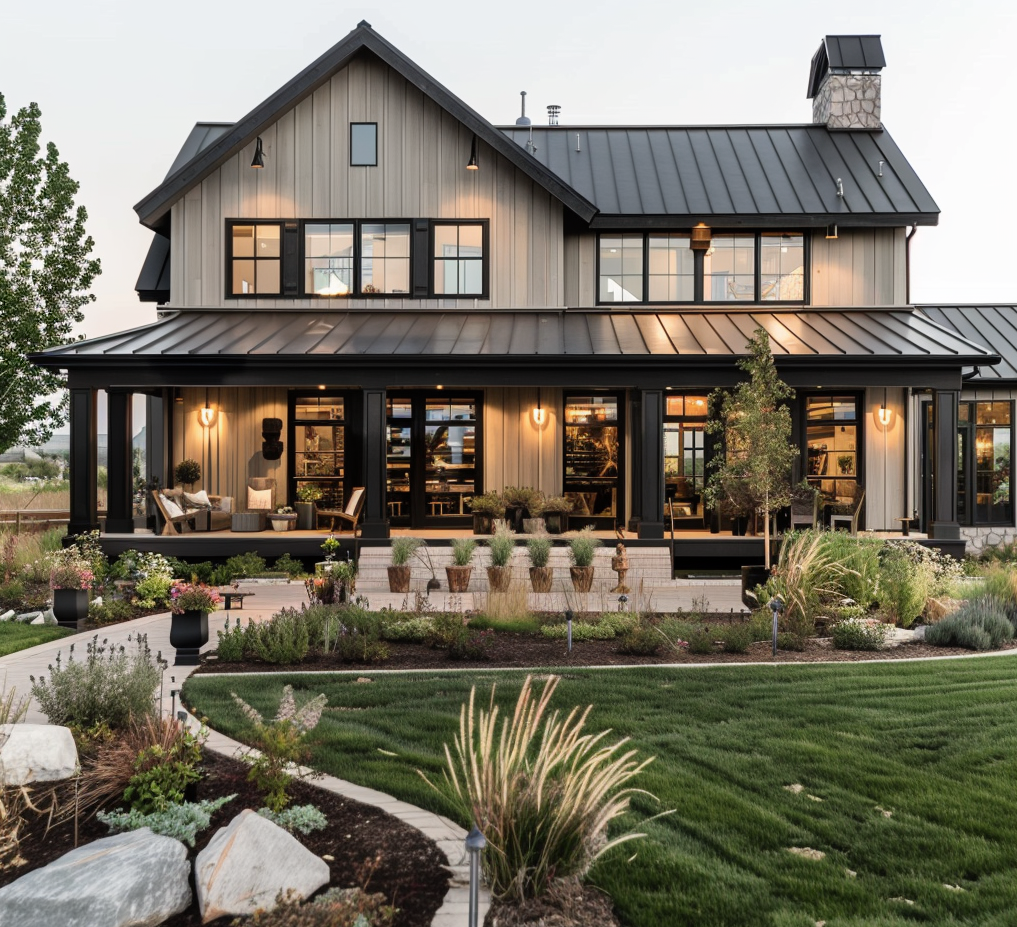Introduction
When it comes to designing or remodeling a home, energy efficiency should be at the forefront of your considerations. Not only does it save you money, but it also contributes to a more comfortable and durable living space. Let’s explore the key aspects of energy-efficient home design.
Whole-House Systems Approach
When building a new home or renovating an existing one, take a holistic approach to energy efficiency. Consider the following factors:
- Appliances and Home Electronics: Opt for energy-efficient appliances and smart devices.
- Insulation and Air Sealing: Proper insulation reduces heat loss and keeps your home cozy.
- Lighting and Daylighting: Use LED bulbs and maximize natural light.
- Space Heating and Cooling: Invest in efficient HVAC systems.
- Water Heating: Choose energy-saving water heaters.
- Windows, Doors, and Skylights: Install high-performance, well-sealed options.
Ultra-Efficient Homes
For the eco-conscious homeowner, ultra-efficient homes are the gold standard. These homes combine cutting-edge construction techniques, energy-efficient appliances, and smart lighting. They also integrate renewable energy sources like solar panels and geothermal systems. By optimizing local climate conditions, designers create homes that minimize energy use and maximize savings.
Advanced House Framing
If you’re building from scratch, consider advanced house framing. This technique reduces lumber waste and improves energy efficiency. It’s a win-win for both your wallet and the environment.
Cool Roofs
Cool roofs use reflective materials to bounce sunlight away, keeping your home cooler during hot weather. They’re a smart choice for energy savings and comfort.
Solar Energy Statistics
- Residential solar power is increasingly affordable, thanks to incentives like the federal solar tax credit.
- Over a solar panel system’s lifetime, homeowners can save between $20,000 and $75,000 in electricity costs.
- Solar panels increase home value by $20 for every $1 saved on energy bills.
Let’s debunk some common energy efficiency myths to help you make informed decisions for your home:
- Ceiling Fans Cool Rooms: While ceiling fans create a breeze that feels cooler on your skin, they don’t actually cool down the room. Turn them off when you leave to save energy. However, using a fan with your A/C can improve air circulation1.
- Thermostat Cranking Speeds Up Heating: Adjusting your thermostat to a higher temperature won’t heat your home faster. It wastes energy and prolongs heating time. Opt for a programmable thermostat instead1.
- Hand-Washing vs. Dishwasher: Modern dishwashers are efficient. Properly load them, and let them do the work. Hand-washing often uses more hot water1.
- Leaving Lights On vs. Turning Them Off: Turning lights on briefly uses a burst of energy, but leaving them on for long periods adds up. If you’ll be out of a room for over 15 minutes, turn off the light1.
- Closing Vents in Unoccupied Rooms Saves Energy: Closing vents can disrupt airflow and strain your HVAC system. It’s better to maintain balanced airflow throughout your home2.
Remember, accurate information leads to real energy savings! 🌿💡12

